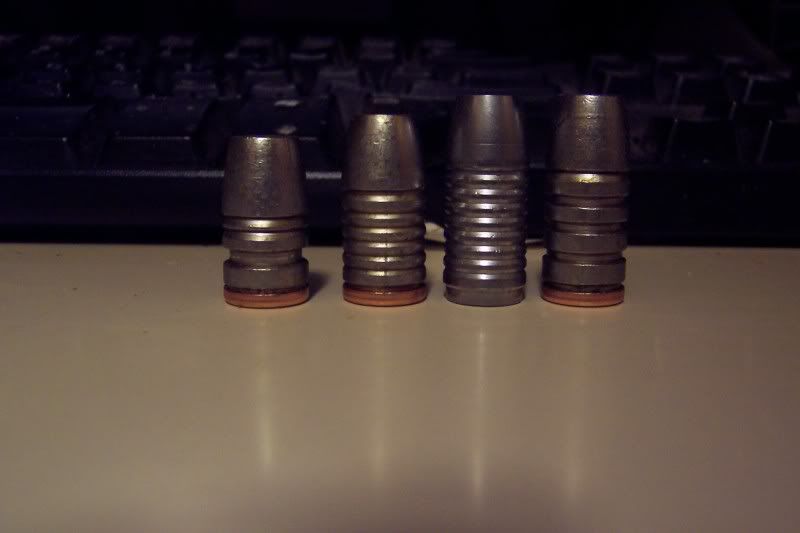G
Guest
Guest
I'm a 180 grain bullet man for Elk Hunting, I like the BC vs the 165. I shot my first Bull Elk with a 7mm Rem Mag using 154 Hornady Spire Points. Took him at 300 yds. I put the bullet thru the backside of the rib cage going length wise and it exited his neck as he was looking at me. Mentioned that to say a standard bullet worked, at least in that one experience. Since you are debating the 165 I would use the Partition backed up with the AccuBond.
Don't rule out the E-Tip if you are big on weight retention.
Don
Don't rule out the E-Tip if you are big on weight retention.
Don





